
NEWS
14-08-2020 by redazione
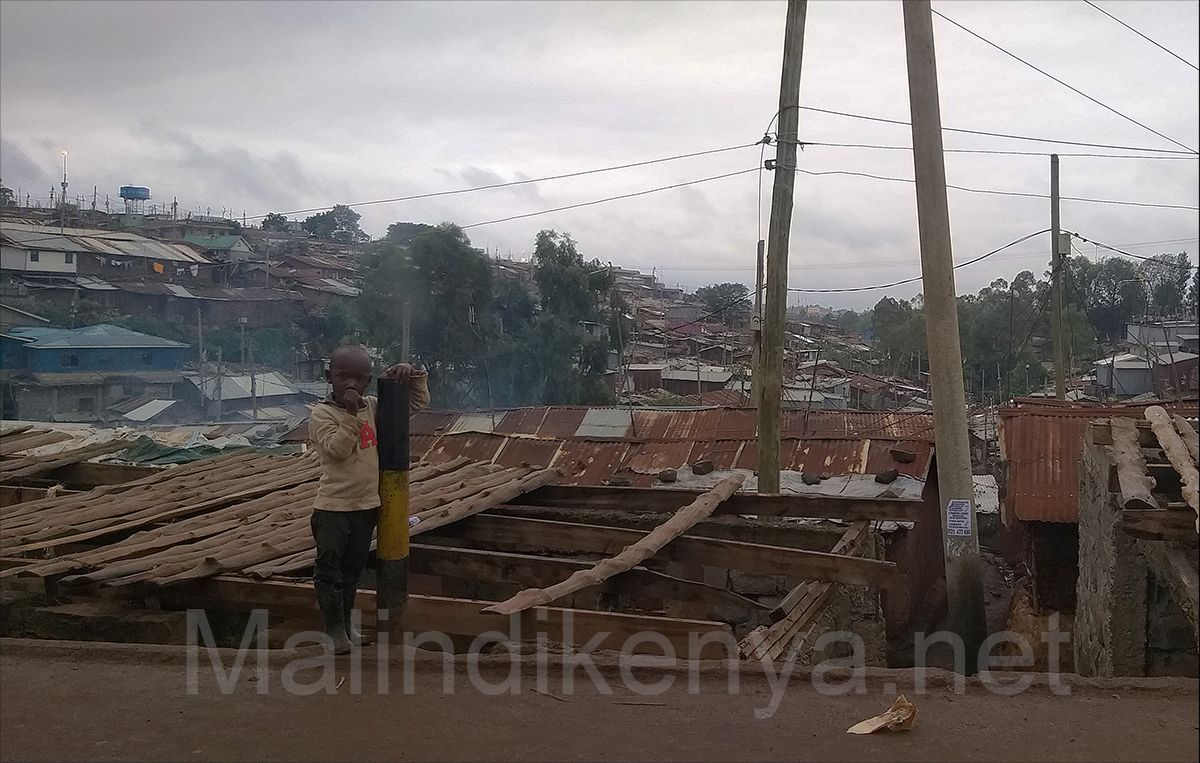
Poverty is increasing in Kenya and the Covid-19 emergency is certainly not helping.
A report by the Kenya National Bureau of Statistics (KNBS) indicates a worrying downward curve in the economic condition of more than half the population.
The Comprehensive Poverty Report of 2020, the first credible attempt to measure the degree of (non) well-being in Kenya, reports that 23.4 million out of 44.2 (53%) of the 44.2 million citizens in Kenya are economically poor by world standards, in a multidimensional way, i.e. living below the threshold of basic needs that are, food, health, education, child protection, information, water, sanitation and housing. An individual is considered "multidimensionally" poor if he or she lacks at least 3 of these seven basic items.
Of this majority, 15.9 million (36%) do not have enough money to face everyday life in a barely decent way and live below the threshold of human tolerance.
Suffice it to say that on average, an adult Kenyan living in the rural areas of the country earns about 3250 shillings (less than 30 euros) per month, while those living in urban areas reach 6000 (about 50 euros), often being a head of the family and therefore having to feed a nucleus of 3-5 elements on average with that profit.
The report found that children make up the largest share of the multidimensional poor (48%), followed by young people (25%). The elderly make up the smallest percentage of the multidimensional poor with only 6%.
Geographical disparities in poverty indicate that there are inequalities in the accessibility and availability of services.
The incidence of multidimensional poverty in rural areas (67 per cent) is more than double that of urban areas (27 per cent).
The report reveals that inequalities in financial well-being and the satisfaction of basic needs and rights are growing in different counties.
More than a quarter of the poor population in monetary and multidimensional terms (2.8% out of 11.8 million) live in Turkana, Kakamega, Kilifi, Mandera and Kitui counties. Isiolo, Lamu and Nyeri counties together account for only 0.9 per cent of the most vulnerable.
The other interesting finding is that boys are more likely to be multidimensionally poor than girls, but the difference is only 3 percentage points.
NEWS
by Freddie del Curatolo
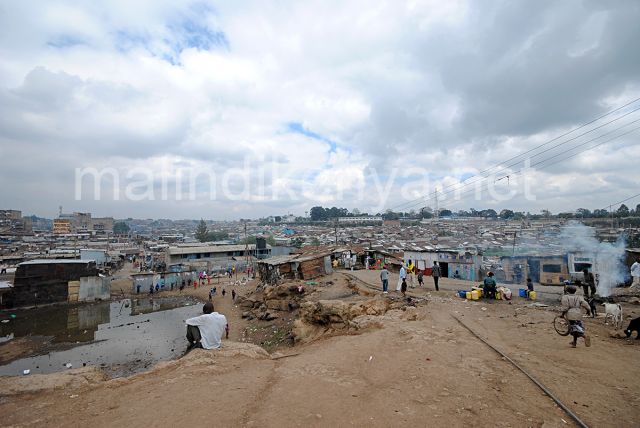
There are two million new poor people in Kenya since the beginning of the Covid-19 emergency.
A World...
CORONAVIRUS
by redazione
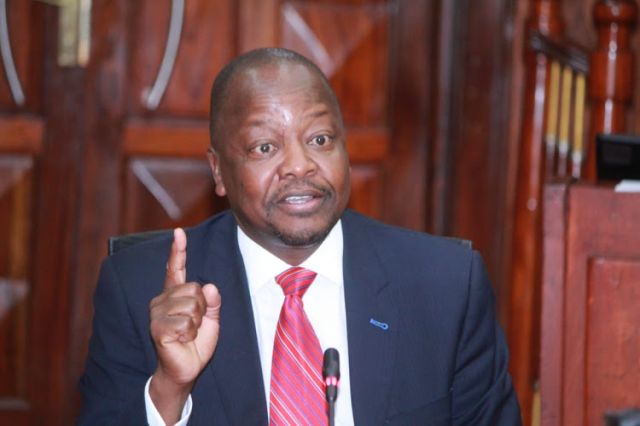
The number of deaths in Kenya has risen to 682 after 13 patients admitted to health...
ECONOMY
by redazione

According to the research "Africa Risk-Reward Index"published by Nkc African Economics, Kenya and Ethiopia are the leading countries of the near future in the Black Continent.
The report, which compares investment, GDP, security and many other factors supporting the economy,...
NEWS
by redazione

Kenya has become one of the first African countries for wellness tourism.
Private healthcare and SPA facilities have led Kenya to the podium between the destinations of "medical tourism" in the Black Continent, as reported in the report of the...

"Born Free" is the first novel, autobiographical, which tells the story of a friendship between humans and wild and ferocious animals of the Savannah, which no one had previously imagined could prove so profound.
CORONAVIRUS
by redazione
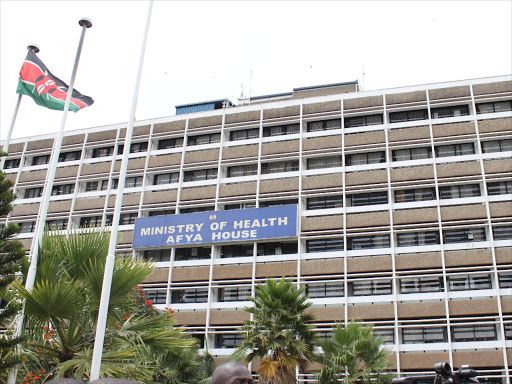
Kenya almost three months after the first case of Coronavirus in the country, today will cross the...
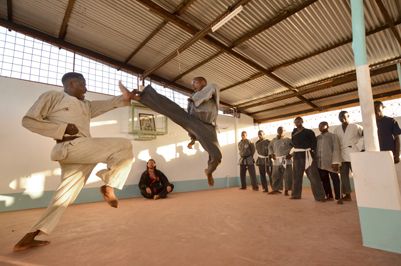
Christopher carving wood to the local craft market.
From his hands come out of giraffes, elephants, Maasai warriors.
Martin brings fun of people of the suburbs of Malindi with his "piki piki", the Chinese motorcycle that he bought in installments...
MAL D'AFRIQUE
by Piero
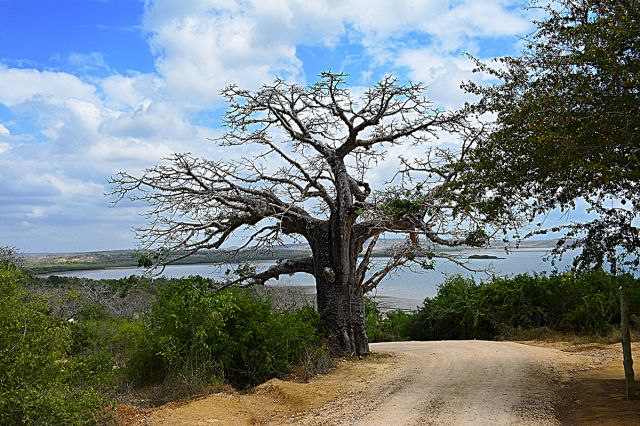
I came to Kenya for the first time because my dearest friend was there 6 times and when he came back he made me...